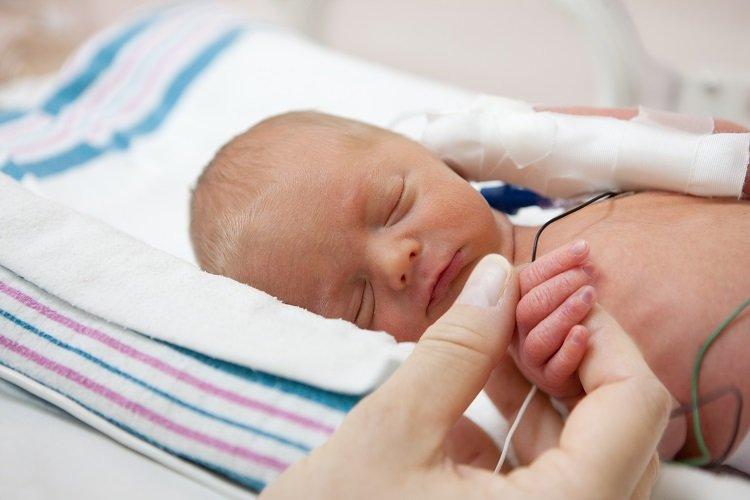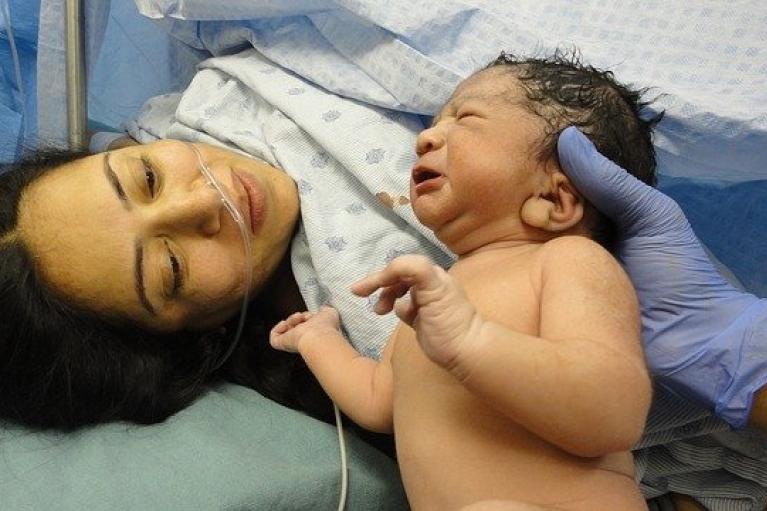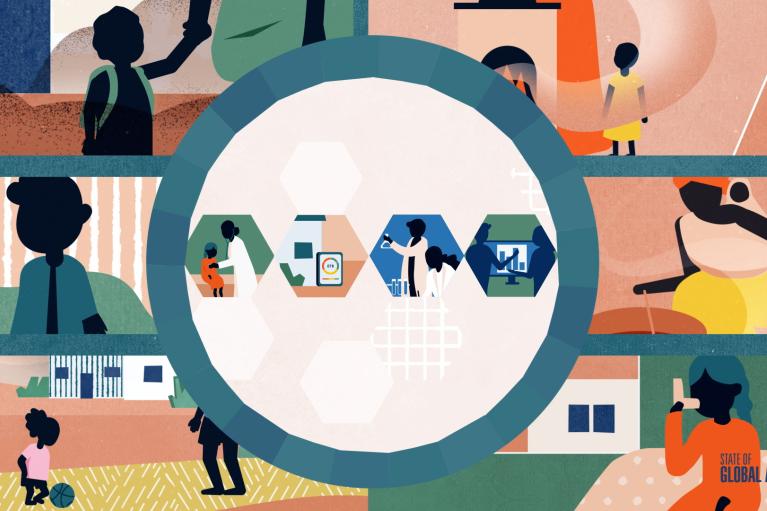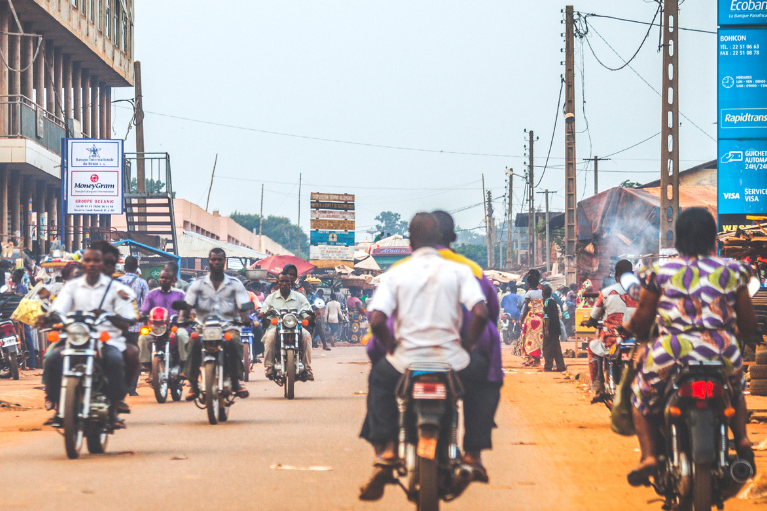A Fragile Stage
In 2023, 529,000 infants died in their first month of life from health effects associated with air pollution exposure. This includes exposure to household air pollution, traffic-related air pollution, and other sources.
Air pollution exposure during fetal development increases the chance that a baby will be born too small (low birth weight) or too early (preterm). Low birth weight and preterm babies are far more susceptible to health problems such as lower respiratory infections, diarrheal diseases, brain damage and inflammation, blood disorders, and jaundice. The smaller the baby or the earlier they are born, the higher the risk of complications. It is thought that air pollution may affect a pregnant woman, her developing fetus, or both in ways similar to tobacco smoking.
To assess air pollution’s toll on newborns, scientists distinguish between the effects of air pollution and those of other factors such as socioeconomic status, having twins, or smoking during pregnancy. They estimate direct effects of air pollution on lower respiratory infections in newborns, as well as indirect effects mediated by air pollution’s effects on adverse birth outcomes.

Risk in the Home
Of newborn deaths attributable to air pollution globally, over two-thirds (77%) are related to household air pollution, which mostly comes from burning solid fuels indoors for cooking and heating. The rest are attributable to ambient PM2.5, which comes from vehicles, power plants, factories, and other sources.
Pollution-related newborn deaths are most common in poorer areas where cooking with solid fuels is more prevalent. Over 20% of pollution-related newborn deaths in East, West, Central and Southern Africa and South Asia are attributable to HAP.
Number of newborn deaths attributable to air pollution in 2023. The heaviest burden is seen in poorer regions, where it is common to burn solid fuels inside the home for cooking.

Relative contribution of ambient and household PM2.5 to deaths in newborns in 2023. East, West, Central, and South Africa, and South Asia suffer the highest toll, driven largely by HAP.
Protecting Children
The best way to prevent pollution-related newborn deaths is to reduce exposure to air pollution, particularly among pregnant women and babies. Some countries have made progress toward reducing HAP by subsidizing cleaner fuels or investing in infrastructure to provide greater access.
Reducing ambient PM2.5 can also help prevent infant deaths. Some countries have implemented restrictions on emissions from vehicles or power plants, measures to reduce traffic congestion, energy efficiency standards, and the adoption of lower-carbon energy sources. Ensuring access to healthy food and medical care during pregnancy is also critical to reducing infant deaths.






